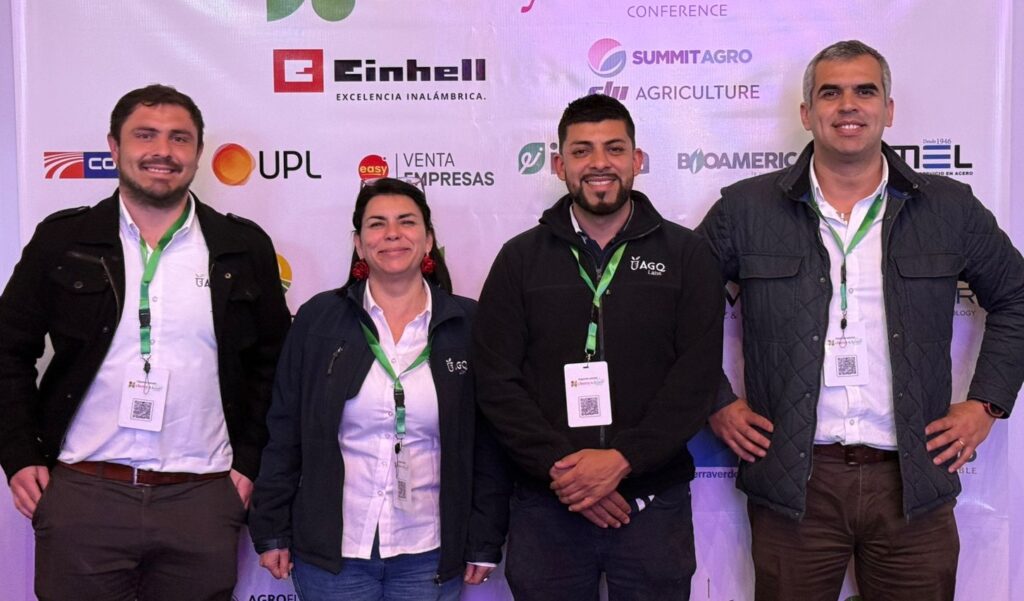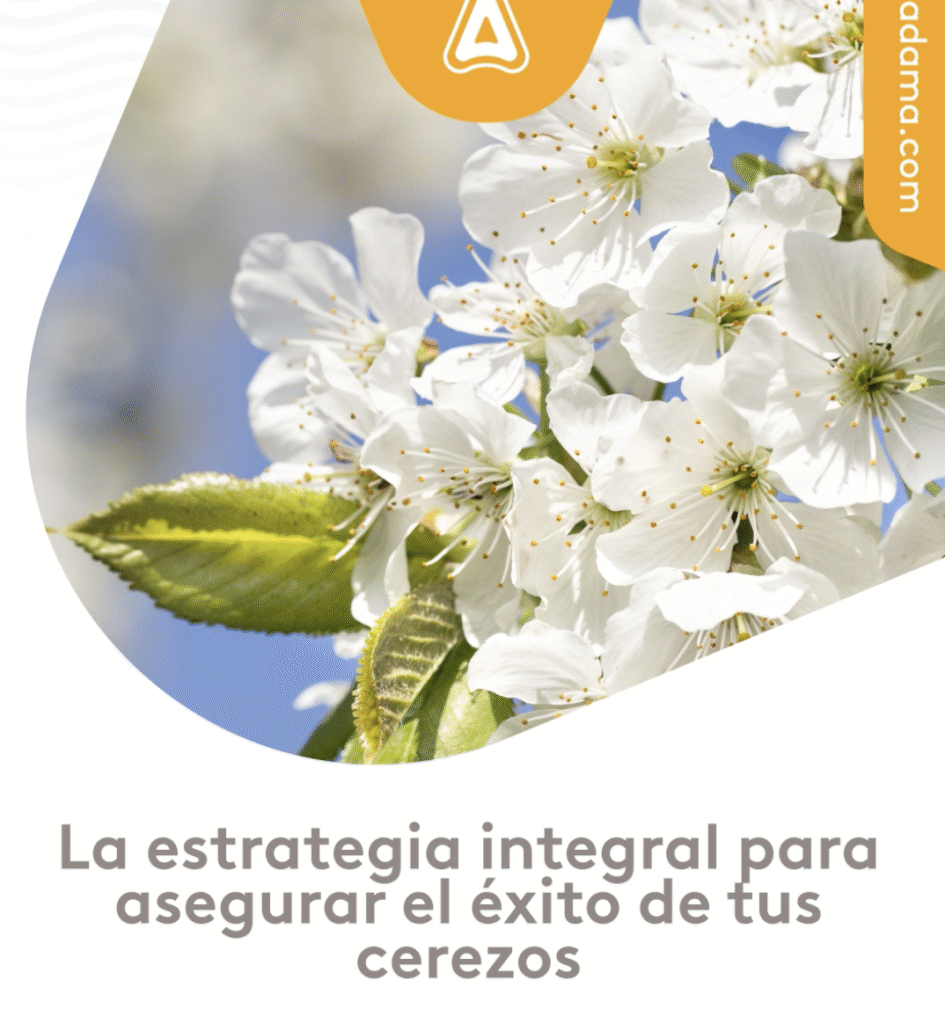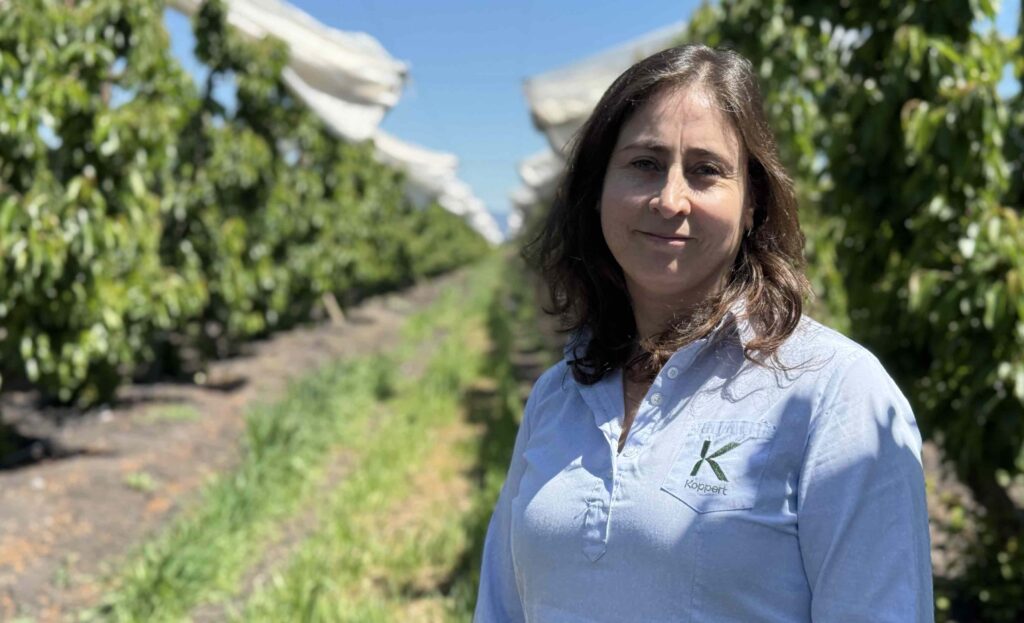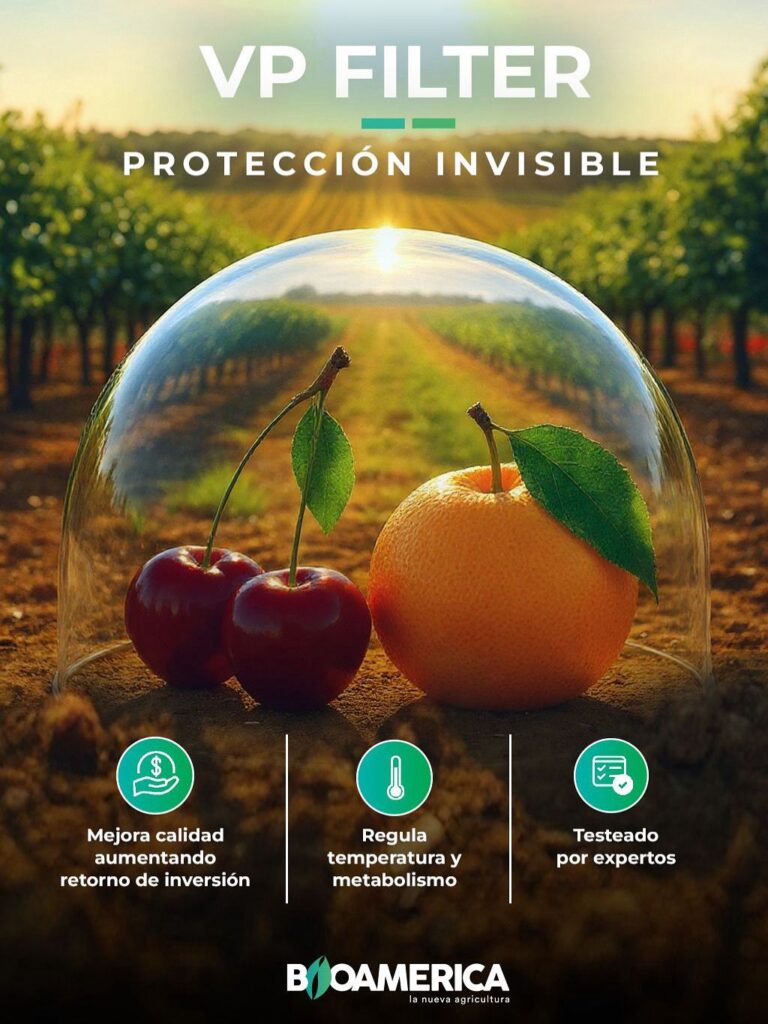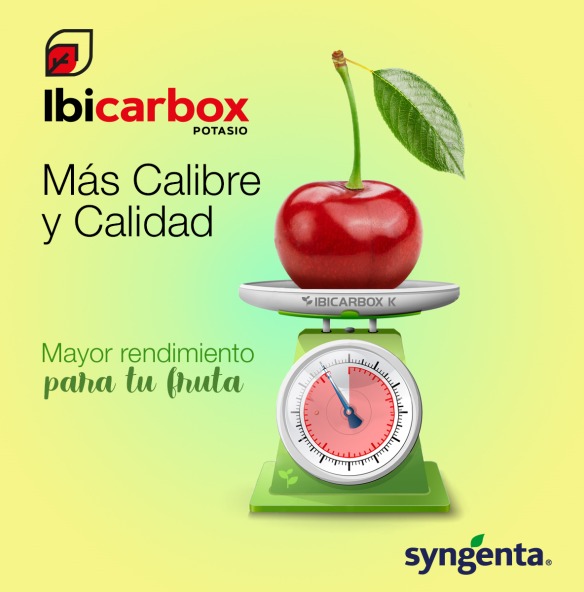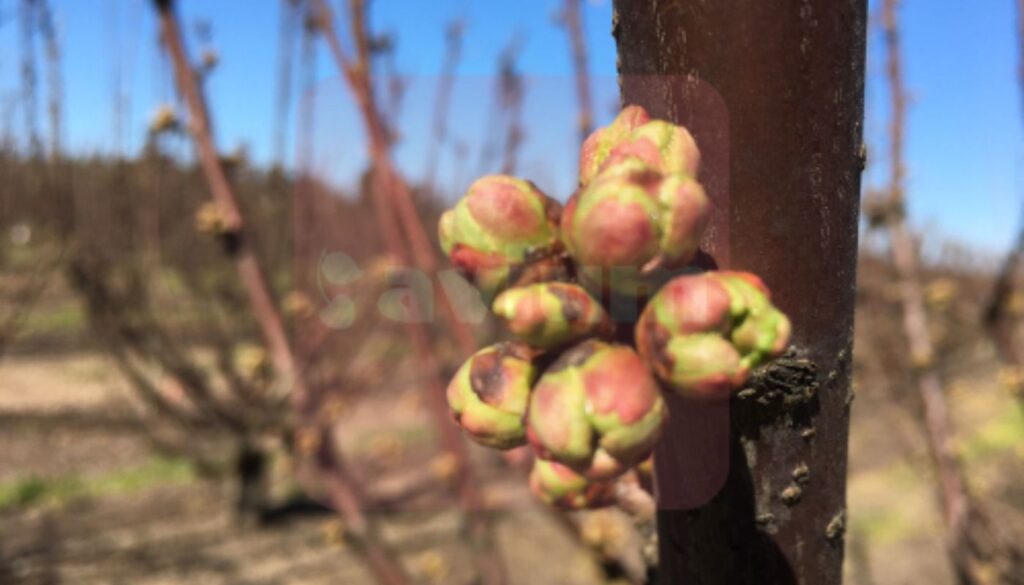More than four seasons have passed since our industry was faced with a dilemma of proportions: “Lapins, the worst variety we have as an industry.” The most planted variety in Chile up to that point (… and probably until now), was being pointed at, after a season of poor technical and commercial results. This debacle unleashed a number of theories about this variety, which we should leave behind and begin to devise different strategies to replace it, even analyzing uprooting and re-grafting already established orchards. Situations that happened in reality.
There have been some controversial seasons since then, including the pandemic, and what we experienced with Lapins, without knowing it, we would experience a season later with Regina, unfortunately affected by logistical problems and a long stay on ships, ports and markets. Regina also had to be eliminated from our industry.
All this has been left behind with the passing of these last seasons.
It is time to recall an analysis we carried out and published in May 2021, in which, with a technical perspective, we believed that we were not so wrong... time proved us right.
Lapins, the true story: “The problem is not you, it is me”… “The remember”
“The problem is not you, it is me.” Almost like a marital conflict, worthy of a television series, is the scenario we face today with the Lapins variety after having gone through the recent cherry season, probably the most difficult in our history as producers and exporters.
With the commercial results already in sight, in the vast majority of cases there is controversy about what the future holds for us as producers and exporters of Lapins, a variety so highly prized in the last 15 years of productive history. Of Canadian origin from the Summerland experimental station, it is obtained from the crossing of Stella and Van, with the year of obtaining being recorded back in 1983.
Early flowering, with the genetic conformation in alleles S1-S4', giving this last allele (S4') the gift of being self-fertile and a universal donor of pollen genetically compatible with all varieties. This is not the case in the flowering time group.
A mid-season harvest with the characteristics of adapting to different agro-climatic zones. Its wide adaptability to different sites and compatibility with different rootstocks has resulted in the fact that, in terms of production, it is never a variety that leaves us “in debt”, even in older plantations at low densities (<800-900 plants/ha).
Low/medium chilling requirement (<600 HF based on 7.2ºC according to many authors). Plant with vigorous growth habit, easy to build tree, good response to different branching methods and good “friendship” with the different conduction systems offered, especially recently.
Its self-fertile condition, accompanied by a great setting potential (considering that being self-fertile is not directly synonymous with high setting), and its conformation of wood structures and protection of buds with strong and well-formed bracts, make it a variety quite tolerant to winter and early season frost events, from swollen buds to petal fall.
With good performance in fruit size, it is characterized by having a distribution of calibers towards the larger size categories when the plant has an optimal reproductive/vegetative balance and in mahogany red and dark mahogany cover colors. Good sweetness, generally above 18º Brix in soluble solids, good dry matter, considering that the low limit for this type of varieties should be >18%.
In rainy events prior to harvest, clearly considering the sugar content and the size of the fruit, it has shown to be quite tolerant (never resistant) to cracking. It is not characterized by being a variety sensitive to fungal diseases that affect the fruit with adequate technical management.
Although for many it seems to be a minor feature, the appearance of the peduncle is good, it does not present alterations in it from the point of view of physiological disorders, it is medium-sized, of good texture, never thin and has good anchorage with the fruit, not characterized by being a variety that detaches it easily, except in situations of extreme over-ripeness.
After this summary of its features, what is the problem then?
If we look back a little, the first hectares of this variety in Chile were planted at the beginning of the year 2000, perhaps there may even have been some acreage before then. Little by little, it gained ground among producers in the central zone, in different climatic micro-zones, from earlier valleys to colder and later sectors, offering good quality fruit in Chile from approximately November 25 to December 20-25.
By the beginning of the last decade, after 2010, the characteristics described above were already evident and there was more than enough plant material to allow nurseries to multiply the variety, also considering that it was no longer a variety protected by its breeder and could be planted without commercial commitments to anyone. It undoubtedly became the most planted variety in just a few years.
In 2020, it is estimated (personal source) that Chile has planted at least 55 thousand hectares of cherry trees, extending from the IV region to Chile Chico and even Coyhaique. Of this surface, it could be estimated that at least 50% of the surface is distributed in varieties such as Santina, Lapins and Regina, with Lapins still being the protagonist.
Last season, we experienced a productive event that seems to be starting to become a cycle where we see high productivity every 3 seasons. This already happened in 2014, 2017 and 2020, but in different production magnitudes according to our history.
Considering that the productions at the national level in these years were 6,800 kg/ha, 8,700 kg/ha and 9,500 kg/ha respectively, considering only the surface area over 4 years old (personal source). But, does the variety, according to its characteristics, have or should assume the real responsibility for the commercial result this last season? My definitive answer is no!
Why blame these results on the variety that has probably been the most successful, regular in production and consistent in other parameters over the last 10 seasons (at least) in Chile? Where is the industry's adjustment here?
My personal analysis goes on two fronts: A) High productivity and inadequate handling of load regulation, nutrition and handling that determine poor quality and condition of fruit; B) Adjusted processing capacity due to availability of packing lines at the time. peak vintage.
So is this last problem responsible? My definitive answer is also no!
The processing capacity in Chile cannot evolve in terms of investment to be able to consume the large volume of Lapins (and also other varieties close at harvest time) in the two weeks peak harvest in Chile, corresponding to the second, third and perhaps part of the fourth week of December. I believe that it is more our responsibility in the field, with adequate agronomic management, to be able to arrive with a very good product to all the subsequent industrial and commercial processes.
If we make a technical summary, we have previously proposed being able to carry out a strategy that allows finding the productive potential, defined as the maximization of production in combination with the best quality/condition of the fruit.
Consider that the search for this productive potential is the great permanent question that we face every season. Keep in mind that this productive potential is independent of each situation and is determined by countless factors, such as soil type, preparation prior to planting, quality and type of plant, cultural management in the formation stage, irrigation programming design, nutrition, among others.
All these factors can determine this potential, which in some cases can exceed 20 thousand kilos per hectare, but in others, with luck, it exceeds, or should exceed, 8 to 10 thousand kilos per hectare. I personally believe that we are "in debt" in the reading of the different projects regarding this very important indicator that can influence the entire productive, industrial and commercial chain.
What would be the requirements for this? The following figure summarizes the technical/commercial strategy.
Figure 1. Technical/commercial balance of the productive potential of Chilean export cherries. (Source: C. Tapia, 2021)
More information at: https://smartcherry.cl/noticias/video-webinar-amecological-parte-ii/
A good reading and early load regulation strategy, considering the history of the orchard, with the goal of producing “super” fruit. jumbo up”, or concentrated over 28 mm in diameter, can achieve maximum production in terms of size distribution, as well as organically improve the nutritional composition and quality of this fruit. This, in turn, is undoubtedly associated with lower costs, considering that at least 60% of these are directly associated with the harvesting work.
Clearly there are other factors that influence the above equation such as irrigation, nutrition, pest and disease control, etc., which have an impact on the result in combination with that. Although the above could already be transformed into a "cliché phrase", it is still true to consider without distinction in any varietal situation, but clearly its proposal becomes much more powerful when it is a variety that is safe to produce, with the characteristics detailed above, and on the scenario of the surface and production curve with respect to the weekly supply and the peak of harvest and processes.
Without a doubt, today facing “the bad” of a variety like Lapins that has been noble in terms of production, “user-friendly”, “friendly” and all the adjectives associated with it, is unfair when from the field we have not better proposed the basic management to be able to reach or achieve the productive potential in each case.
Taking this analysis into account with the evolution that will come from this season to “divert” the proposed surface area for Lapins to other varieties at the extremes: Santina and Regina… So, is the problem varietal?



